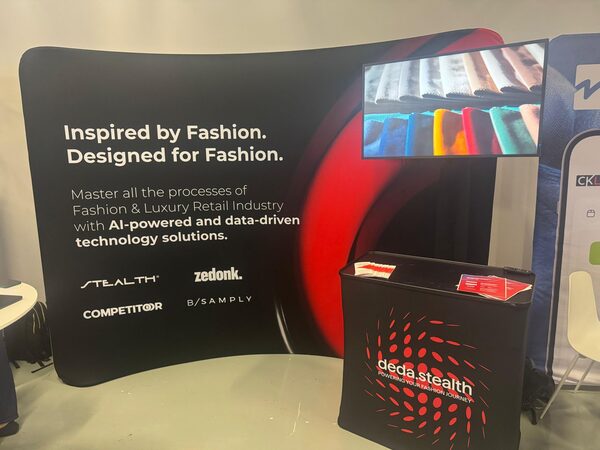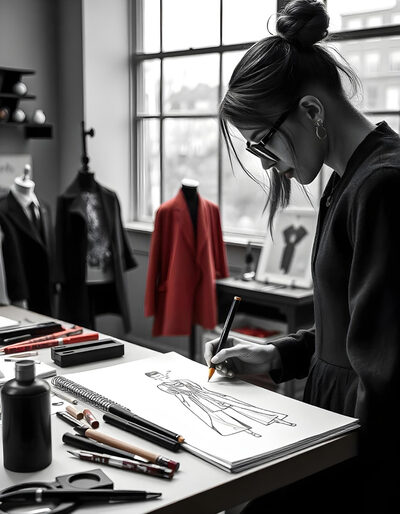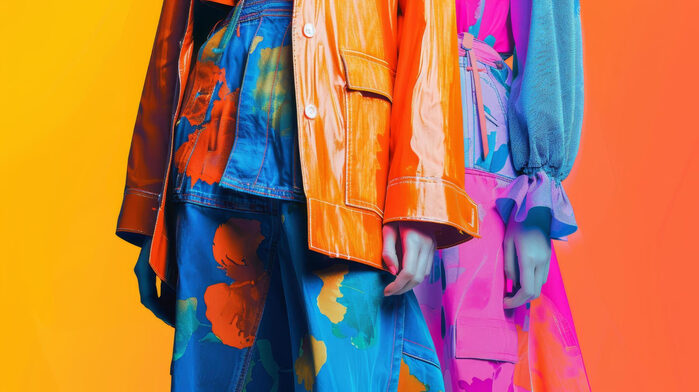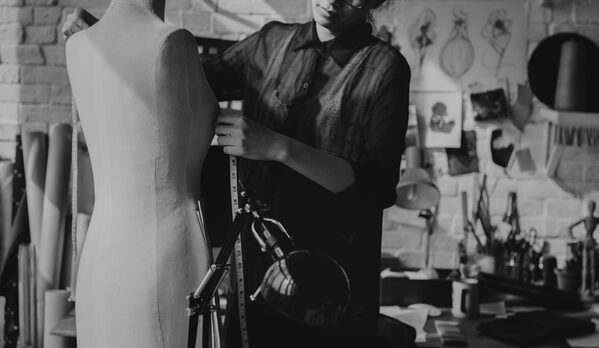Guiding the Future of Fashion: AI, clarity, and the need for Navigation
Insights from PI Apparel New York 2025
This past June at PI Apparel NY, one message rang out clearly
across panels, booths, and conversations: the fashion industry is not just
looking for innovation, it’s looking for guidance. As one panelist aptly put it,
the best thing service providers can do today is “be the GPS”. In a landscape
as complex and fast-moving as fashion, that idea resonates. Brands aren’t short
on tools. What they’re short on is a clear path forward, one that connects their
creativity with commercial viability, their systems with each other, and their
investments with measurable outcomes.
This year’s event captured that tension perfectly. Attendees
were genuinely curious about how AI is applied across the fashion value
chain, from design and production to backend systems, ecommerce, marketing, and
beyond. We had the opportunity to engage in several meaningful conversations
from our new co-branded booth featuring Deda Stealth, Competitoor, Zedonk, and
B/SAMPLY. What stood out, beyond the technologies on display, were the real and
recurring challenges that brands face every day.

Design vs. Scale: bridging the gap between creativity and production
One of the most consistent themes across conversations was
the growing disconnect between design and production. Creative teams are driven
by vision, uniqueness, and aesthetic differentiation. However, the realities of scalable, cost-effective manufacturing often don’t align with that ambition.
As a result, brands find themselves stuck, either compromising creativity to
meet supplier constraints or losing time and money trying to scale products
that aren't feasible.
What’s missing is an integrated workflow that connects
design with real-time production feedback. AI and digital sampling can help
here, but adoption only matters if these tools are embedded early in the design
process. Otherwise, the disconnect leads to excess inventory, longer lead
times, and collections that never make it to market in the form originally
intended.
Know the problem before picking the right tool
Another major friction point is that brands often jump to solutions
without fully understanding their internal challenges. With so many platforms
offering dashboards, optimization, or automation, it’s tempting to invest
quickly. But technology is only effective when it’s deployed to solve the right
problem. At PI Apparel, we heard from brands struggling with this very
issue: buying tools that later sit unused or implementing features that don’t
address their most pressing needs. The key is diagnostic clarity. Before
choosing a tool, brands must ask themselves: Where is the friction? What’s
breaking down in our process? Which manual tasks are draining resources?
Without this level of understanding, even the best platforms fall flat.
Understanding the customer comes first
The same principle applies externally. Before brands can
choose tools for marketing, personalization, or customer engagement, they must
deeply understand who they’re talking to. What are the customer’s behaviors,
needs, and preferences? Where are they discovering products, and how are they
deciding to buy them? AI and data tools can enhance customer
insight, but only if fed with the right inputs. A brand that hasn’t clarified
its core audience will struggle to interpret the output. That’s why some of the
most valuable conversations we had during the event were about customer journey
mapping, understanding when and where a brand should show up in the buyer’s
life, and what messages resonate.
Where do we go from here?
These ongoing conversations, whether about aligning design
with production, choosing the right tools, or better understanding the customer,
all revolve around a shared goal: making business more intelligent, responsive,
and ultimately easier to manage. At PI Apparel, this desire was palpable. In
the U.S. market especially, technology and AI continue to dominate the
strategic agenda, offering tangible pathways to efficiency and profitability.
While sustainability may have taken a quieter role this year, it’s far from
forgotten.
Innovations like Canada’s Waste Up, which transforms would-be
landfill materials into sellable products at no cost to brands, show that
circularity and commercial sense can coexist. These are the kinds of solutions
that reflect where the industry is headed: toward smarter, more agile ways of
working that meet both economic and ethical expectations.
The role of Deda Stealth and its companies continues to be
putting the right tools in front of the Fashion&Luxury brands, then
explaining clearly and practically how those tools can be used to improve their
business, protect their margins, and streamline the journey from idea to
execution.






